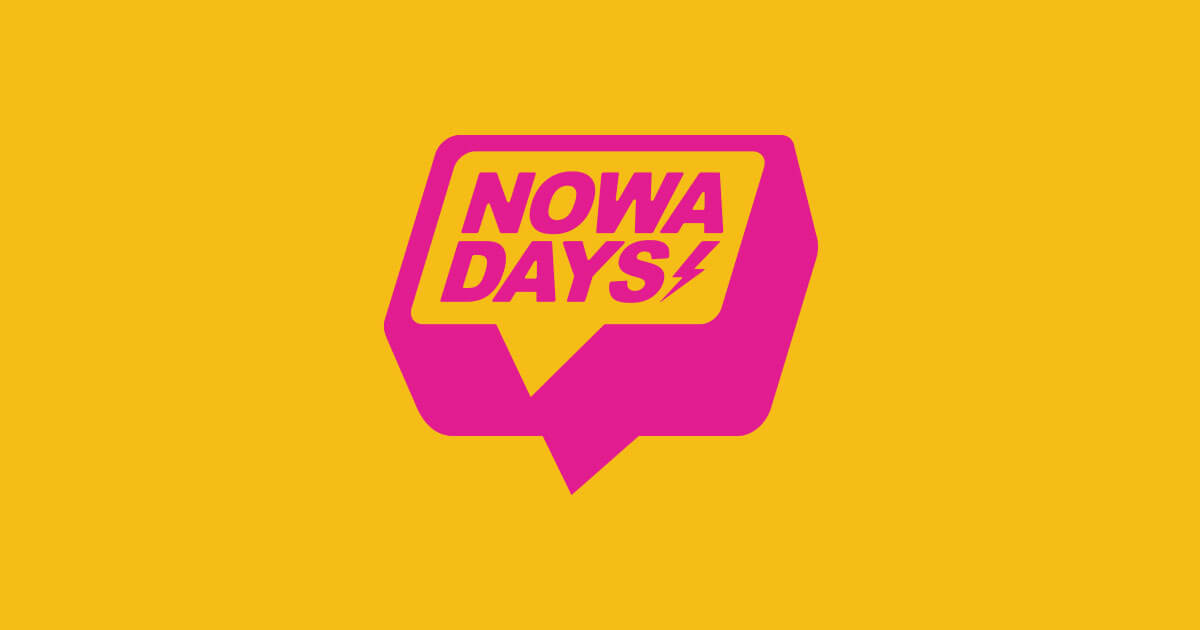5 Effective Ways to Integrate Influencer Marketing into Your Existing Strategy
August 26th, 2024

Influencer marketing has rapidly evolved into a crucial component of digital marketing strategies. With influencers holding the power to connect directly with specific audiences, brands are increasingly turning to these partnerships to amplify their message. But the key to success lies in seamlessly integrating influencer marketing into your existing marketing strategy. Here are five effective ways to make influencer marketing work for your brand without disrupting your current tactics.
1. Define Clear Objectives and KPIs
Before diving into influencer marketing, it’s vital to set clear, measurable objectives. Ask yourself: What do you hope to achieve with influencer collaborations? This could range from boosting brand awareness, increasing sales, driving traffic to your website, or improving engagement on social media.
Once your objectives are clear, identify the key performance indicators (KPIs) that will allow you to measure success. Examples of KPIs include:
- Follower growth or social engagement (likes, comments, shares).
- Conversion rates and sales generated through influencer content.
- Website traffic and lead generation.
By aligning influencer campaigns with your broader marketing goals, you ensure that every collaboration contributes to the overall success of your brand strategy.
2. Identify the Right Influencers for Your Brand
Not all influencers are created equal, and finding the right match for your brand is crucial. Look for influencers whose audience demographics align with your target market. Consider factors such as:
- Audience Relevance: Does the influencer’s followers match your brand’s ideal customer?
- Engagement Levels: Does the influencer actively engage with their audience, or are they simply broadcasting content?
- Authenticity: Look for influencers who promote products genuinely, as their audience will quickly spot forced or insincere promotions.
Micro-influencers (those with a smaller but more engaged following) often outperform macro-influencers in terms of authentic connections. Use tools like BuzzSumo or Upfluence to identify influencers who fit your brand’s image and objectives.
3. Create Authentic, Collaborative Content
The success of an influencer campaign often hinges on the quality and authenticity of the content produced. When working with influencers, it’s essential to give them creative freedom while ensuring the content aligns with your brand message.
For instance, product reviews, behind-the-scenes content, tutorials, or even influencer-hosted giveaways can generate significant buzz. The key is to strike a balance between brand messaging and allowing influencers to communicate in a way that feels natural to their audience.
An effective influencer collaboration feels organic, with influencers genuinely endorsing products they believe in. This not only builds trust with the influencer’s audience but also leads to higher engagement and conversion rates.
4. Leverage Multiple Channels
Don’t limit your influencer marketing efforts to just one platform. Influencers today are active across various platforms such as Instagram, YouTube, TikTok, and even blogs or podcasts. A multi-channel approach ensures that you maximize reach and impact.
Additionally, repurpose the content influencers create across your own marketing channels:
- Use influencer content for social media ads or email newsletters.
- Incorporate influencer-created visuals and videos on your website.
- Feature influencer testimonials in paid ad campaigns.
By distributing the content across multiple platforms, you increase the chances of reaching a broader audience while ensuring consistent messaging across all marketing efforts.
5. Build Long-Term Partnerships
Rather than focusing on one-off influencer campaigns, aim to build long-term relationships with influencers who align with your brand. Long-term partnerships foster brand loyalty, create continuity, and provide influencers with a deeper understanding of your brand values.
Ongoing collaborations allow influencers to promote your products or services more authentically, as they develop a genuine affinity with your brand over time. Some of the most successful influencer marketing campaigns come from long-term partnerships, which offer consistent exposure and stronger audience trust.
Conclusion
Integrating influencer marketing into your existing strategy doesn’t have to be a challenge. By setting clear objectives, finding the right influencers, collaborating on authentic content, leveraging multiple platforms, and building long-term partnerships, you can seamlessly incorporate influencer marketing into your current marketing plan. With the right approach, influencer marketing can become a powerful extension of your existing efforts, driving significant growth and engagement for your brand.
FAQs
How do I measure the ROI of influencer marketing?
Track KPIs such as sales, engagement, and website traffic through tools like Google Analytics and social media insights. Assign unique discount codes or referral links to influencers for easier conversion tracking.
How do I find the right influencers for my brand?
Use platforms like Upfluence, BuzzSumo, or social listening tools to find influencers whose audience aligns with your target market. Check engagement rates and authenticity before partnering.
How much creative control should I give to influencers?
While it’s essential to ensure brand alignment, allowing influencers creative freedom often results in more authentic content that resonates better with their audience.